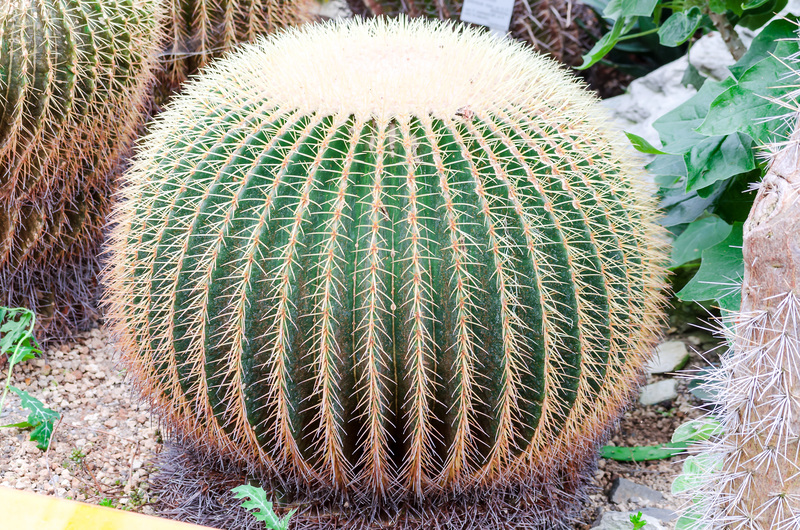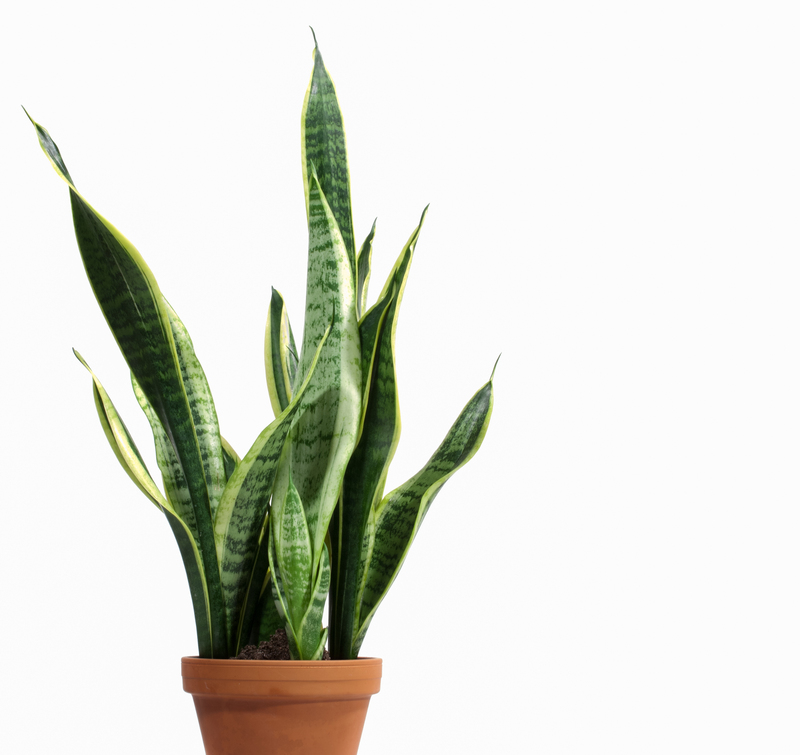Build Lawn Resilience and Bypass Drought Damage During Summer
As warmer months approach, maintaining a vibrant lawn can become a real challenge -- especially during periods of heat and limited rainfall. However, with the right approach, you can enhance your lawn's resilience and effectively bypass drought damage. This comprehensive guide will unpack proven lawn care techniques to build a lush, resilient turf that thrives even in the heat of summer.
Understanding Summer Drought Stress and Lawn Resilience
The key to a drought-tolerant lawn isn't merely surviving harsh conditions but adapting in ways that promote continued health. Drought damage often results in yellowed grass, bare spots, and stunted growth. By fostering lawn resilience, you equip your grass to withstand these stressors and recover faster once optimal conditions return.
What Happens to Lawns in Summer Drought?
- Water Shortages: Extended heat and limited rainfall deprive lawns of vital moisture.
- Soil Compaction: Dry soils harden, making it difficult for roots to find water and nutrients.
- Increased Pest & Disease Pressure: Stressed grass is more vulnerable to insects and disease.
- Slowed Growth: Lawns may turn brown or go dormant to survive.
Lawn resilience is all about preparation and proactive care. Learn how to fortify your yard -- before, during, and after drought periods -- to keep it green and healthy all summer long.

Top Strategies to Build Drought Resilient Lawns
1. Select the Best Grass Varieties for Drought Tolerance
Choosing the right grass from the start makes a significant difference. Some species naturally have better drought resistance than others:
- Bermuda Grass: Thrives in heat, drought-tolerant and recovers quickly.
- Zoysia Grass: Dense growth, tolerates dry spells, low water needs.
- Buffalo Grass: Native to prairies, requires minimal water.
- Tall Fescue: Deep roots, tolerates summer stress, adaptable.
Tip: Consult local extension offices or garden centers to match the grass variety to your climate and soil for maximum summer lawn resilience.
2. Deep and Infrequent Watering
Watering practices can dramatically influence lawn drought resistance. Frequent shallow watering promotes weak, surface-level roots, which dry out quickly. Instead, moisten the soil to a depth of 6-8 inches each session, then wait until signs of slight wilt before watering again.
- Morning Watering: Water in early morning for less evaporation and more efficient uptake.
- Avoid Evening Watering: Prevents disease by not keeping blades wet overnight.
- Use a Rain Gauge: Track rainfall, so you supplement only when necessary.
Deep-rooted lawns withstand drought far better, accessing hidden moisture reserves during hot periods.
3. Mow Smartly: Raise the Cutting Height
Mowing is more than cosmetic -- it's a crucial factor in developing drought-tolerant lawns.
- Set Blades High: Taller grass shades soil, reducing evaporation and weed competition.
- Avoid Scalping: Cutting too short weakens roots and exposes soil to harsh sun.
- Leave Clippings: Mulched clippings act as natural mulch, returning nutrients and locking in moisture.
A good rule: Never remove more than one-third of grass height per mow.
4. Improve Lawn Soil Health
Soil is at the heart of every resilient lawn. Healthy, well-structured soils boost water retention, root depth, and drought resistance.
- Core Aeration: Relieve compaction so air, water, and nutrients penetrate deeper.
- Add Organic Matter: Compost or organic amendments increase water-holding capacity.
- Correct Soil pH: Healthy pH optimizes nutrient uptake and grass vigor.
Deep, friable soil supports healthy lawns that better withstand summer stresses.
5. Fertilize Appropriately Before and After Drought
Over-fertilizing during drought can stress lawns even more. Instead:
- Feed Lightly in Spring: Provide slow-release fertilizer to encourage steady growth and deeper roots.
- Pause During Extreme Drought: Wait until normal rain resumes before further feeding.
- Rejuvenate in Fall: Apply high-potassium blends to repair and strengthen grass before winter dormancy.
Balanced fertilization encourages lush, resilient turf while avoiding the risk of chemical burn in dry conditions.
6. Utilize Mulching and Ground Covers
Mulch isn't just for flowerbeds. Used correctly, it offers multiple drought-proofing benefits around the yard:
- Reduce Evaporation -- 2-3 inches of organic mulch insulates soil, cuts surface evaporation, and keeps roots cooler.
- Suppress Weeds -- Fewer competitors mean more water for your lawn.
- Improve Aesthetics -- Groundcovers in strategic areas reduce mowing and watering needs.
If possible, transition bare or hard-to-maintain turf areas under trees and in corners to attractive native ground covers that tolerate drought, such as clover, creeping thyme, or sedum.
7. Monitor and Manage Lawn Pests & Diseases
Drought stress makes lawns more susceptible to pests and diseases. Be vigilant during summer:
- Scout Regularly: Look for early signs of insects or fungal outbreaks.
- Encourage Beneficial Insects: Ladybugs and predatory nematodes help control pests naturally.
- Spot-Treat: Reserve chemical controls only for severe, localized issues to avoid harming stressed grass.
Healthy, resilient lawns bounce back quickly from damage if caught early, reducing the risk of permanent drought injury.
Expert-Level Tips for Drought-Proofing Your Lawn
Use Smart Irrigation Technology
- Install Drip or Subsurface Systems: Distribute water directly to roots, minimizing evaporation waste.
- Connect Smart Controllers: Weather-based controllers adjust watering schedules automatically based on local conditions.
Investing in efficient irrigation is a game-changer for maximizing water use during summer droughts.
Promote Deep Root Growth
- Root-Pruning: Occasional drought periods or drier watering cycles encourage roots to dig deeper.
- Top Dress: Sprinkle a thin layer of compost each spring to stimulate root zone health.
Deep roots make your lawn drought-resilient even during lengthy dry spells.
Embrace Eco-Friendly Lawn Alternatives
- Native Grasses: These require less irrigation and care while providing wildlife habitat.
- Meadow Lawns: Mix native wildflowers and grasses for beauty, pollinators, and drought performance.
Modern landscaping trends favor sustainable, water-wise lawns for both beauty and environmental impact.
Practice Responsible Lawn Maintenance
- Sharpen Mower Blades: Clean cuts reduce water loss versus ragged, torn blade edges.
- Reduce Foot Traffic: Hard-trodden areas compact soil and stress grass under drought.
- Practice Overseeding: Refreshes lawns with drought-tolerant species each fall.
Common Mistakes That Undermine Lawn Resilience in Summer
Even diligent homeowners can make blunders that inadvertently weaken their lawn's ability to bypass drought damage:
- Overwatering: This encourages shallow root systems and wastes water.
- Cutting too Low: Scalped lawns lose vital moisture faster.
- Applying Fertilizer During Drought: This can burn dry, vulnerable grass.
- Ignoring Soil Health: Compacted, poor-quality soil limits root growth and water absorption.
- Neglecting Lawn Renovation: Failing to overseed or aerate allows weak, thin turf that can't withstand stress.
Signs Your Lawn is Under Drought Stress -- and How to Respond
Quick action limits permanent injury. Watch for these indicators of drought damage:
- Grass blades turning bluish-gray or folding/curling
- Footprints remain visible (grass doesn't spring back quickly)
- Browning or patchy spots
- Very hard, dry soil surface
If you notice these, take these emergency steps:
- Increase Watering (mornings only): Gradually rehydrate soil to avoid shock.
- Suspend Fertilizer: Wait until regular growth returns with rainfall.
- Reduce Mowing: Let grass grow longer to protect soil and roots.
- Assess Root Health: Gently pull at grass; if it detaches easily, roots may need rehabilitation via core aeration and topdressing once drought subsides.
What if My Lawn Goes Dormant?
Many types of grass naturally brown and enter dormancy as a self-protection mechanism. Dormancy doesn't mean death. If occasional watering (about 1/2 inch every 2-4 weeks) is possible, most lawns will fully recover with cooler, wetter weather in fall.

FAQ: Building Lawn Resilience & Avoiding Drought Damage
- Q: How often should I water a drought-resistant lawn?
A: Deeply water once or twice a week, providing about 1 inch of water each time. Adjust for rainfall, and consider smart irrigation timers for efficiency. - Q: What is the best mowing height for summer drought?
A: Most grasses perform best at 3-4 inches in summer. Always consult your specific grass variety for ideal height recommendations. - Q: Is it possible to repair drought-damaged lawns?
A: Yes! Core aeration, fall overseeding with drought-tolerant species, and topdressing with compost will accelerate recovery once moisture returns. - Q: Are there eco-friendly ways to make my lawn more drought-resilient?
A: Absolutely! Try native turf grasses, integrate flowering groundcovers, mulch regularly, and minimize fertilization and pesticide use for a healthy, sustainable lawn ecosystem.
Summary: Build a Drought-Resilient Lawn for Summer Success
Building lawn resilience and bypassing summer drought damage isn't about luck -- it's about planning, proper practices, and smart species selection. By choosing drought-resistant grass types, prioritizing deep root growth, perfecting your watering routine, amending soil, mowing high, feeding wisely, and staying alert for signs of stress, any homeowner can cultivate a lush, green yard even in challenging weather.
Don't let summer heat and drought erase your curb appeal or outdoor enjoyment. With these comprehensive lawn care solutions, your turf will stay strong, recover quickly, and provide a stunning landscape all season long. Start implementing these tips today and experience the difference -- a beautiful, drought-proof lawn awaits!